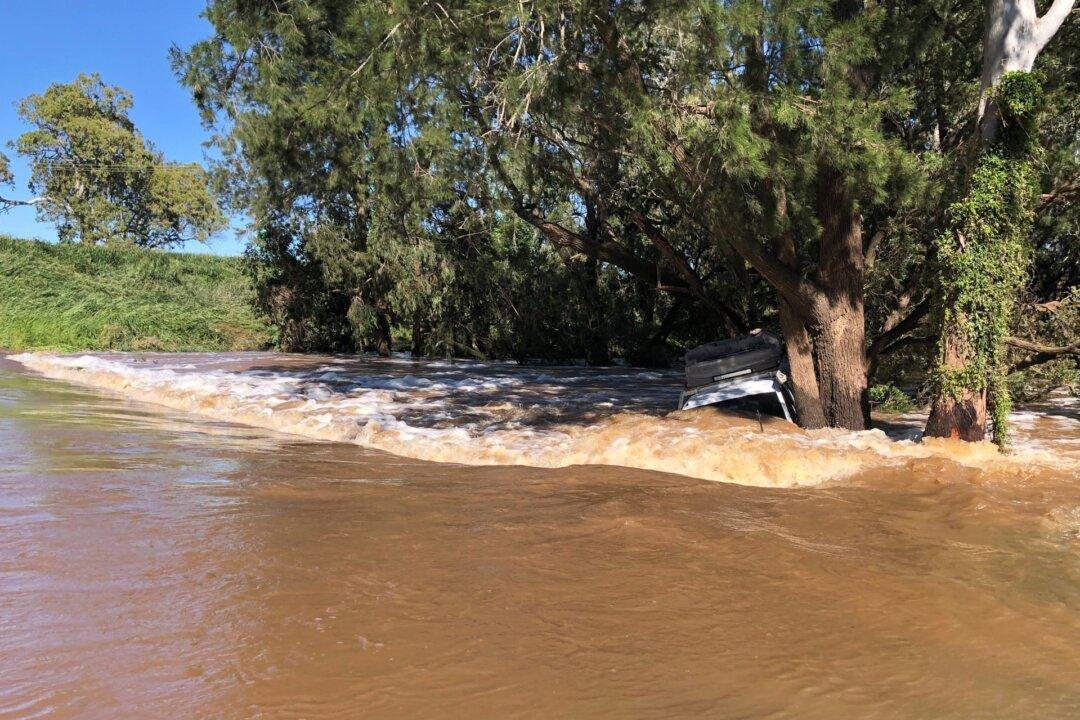A man has died when his car was swept up in floodwaters in the Australian state of Queensland amid rising rivers and widespread flooding that has forced the evacuation of whole townships.
But meteorologists and authorities have warned the worst may be yet to come as some rivers are not expected to peak until later this week.





